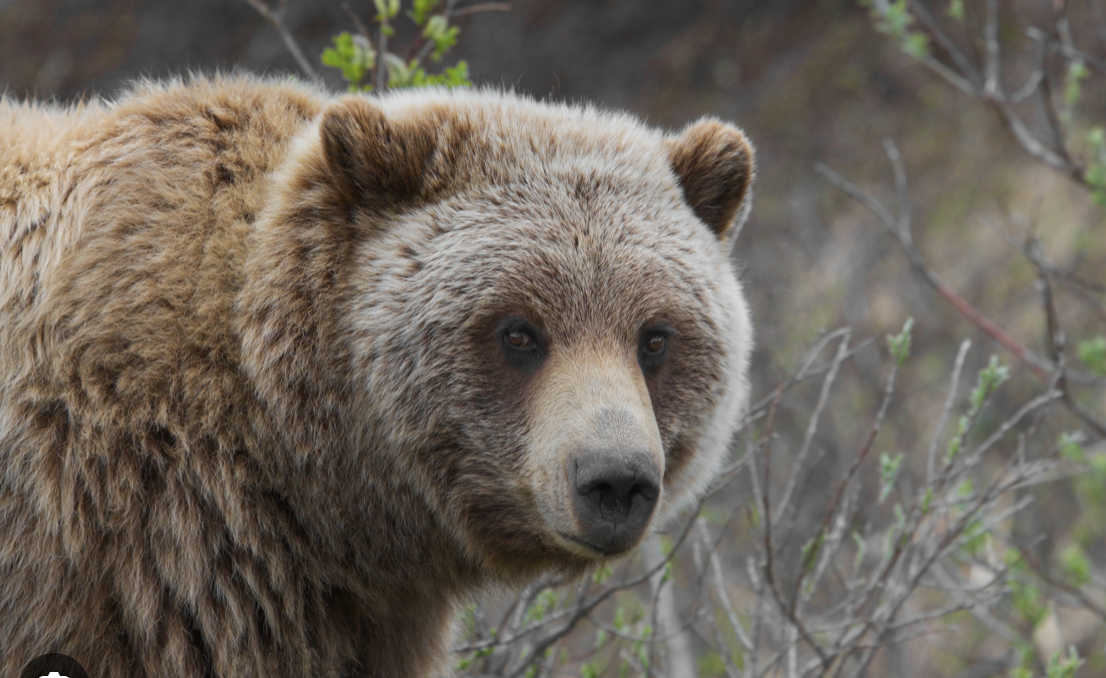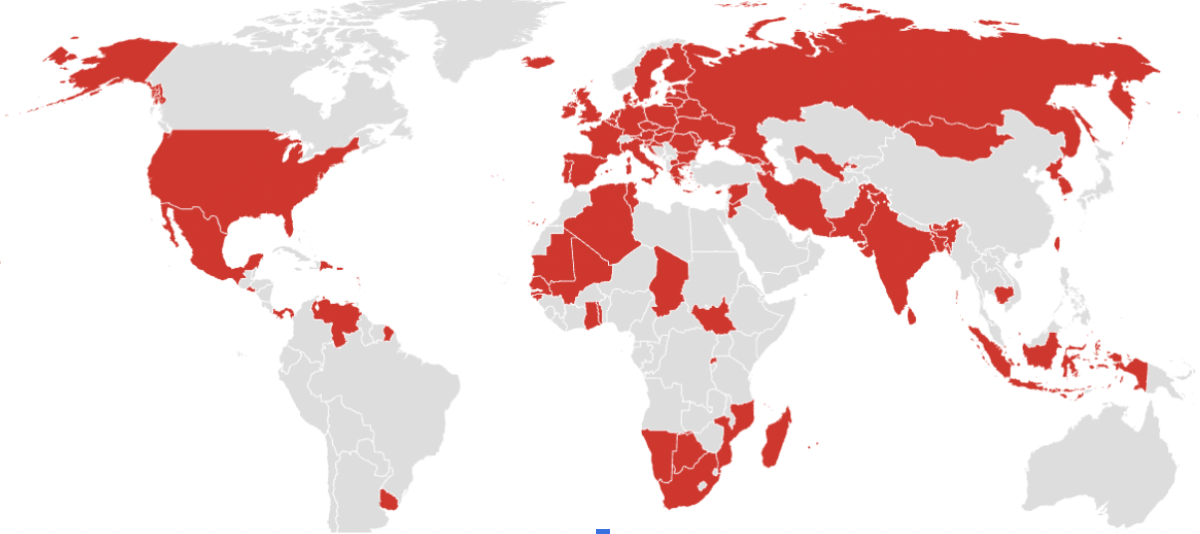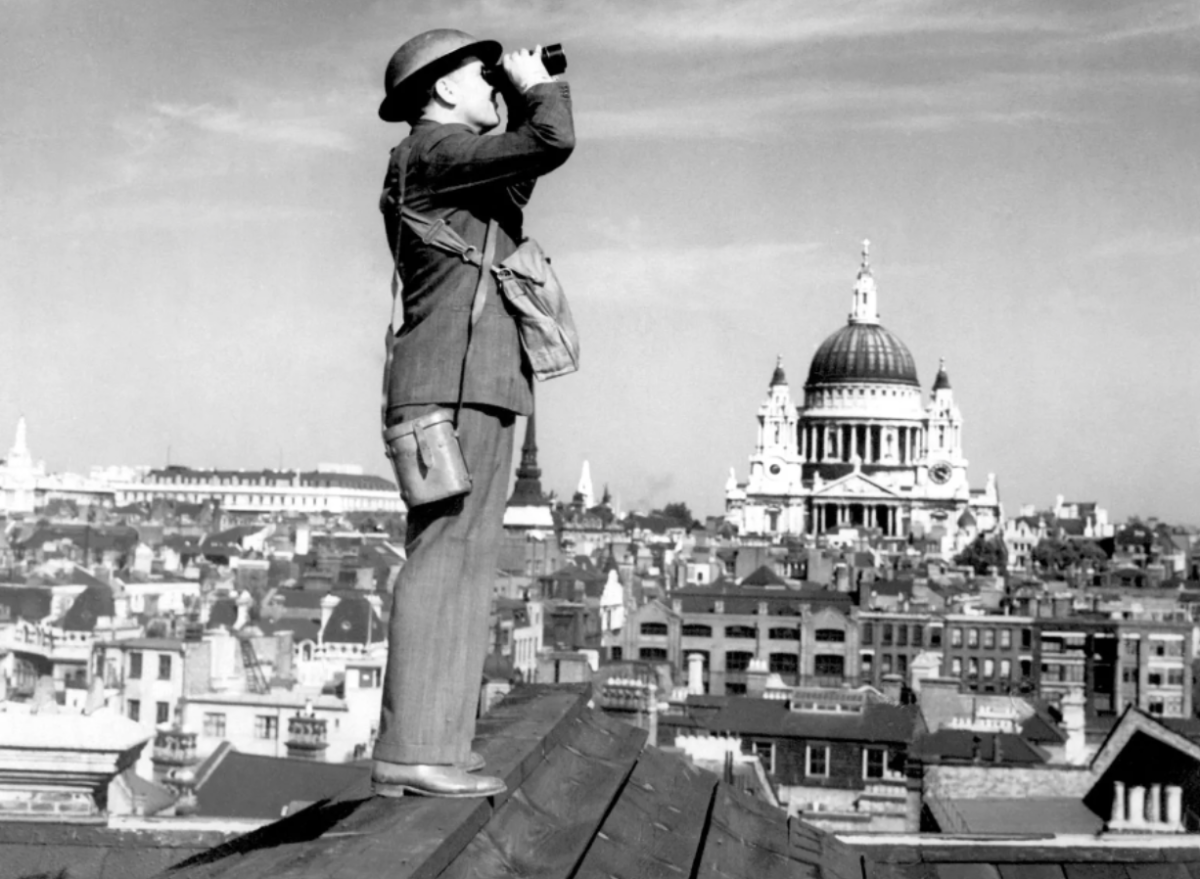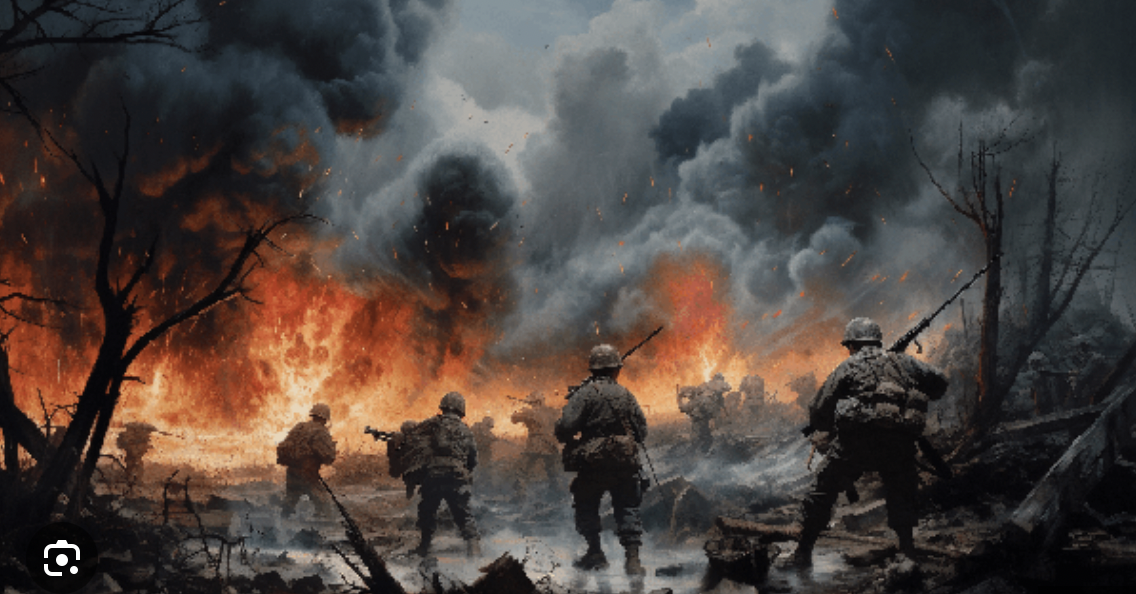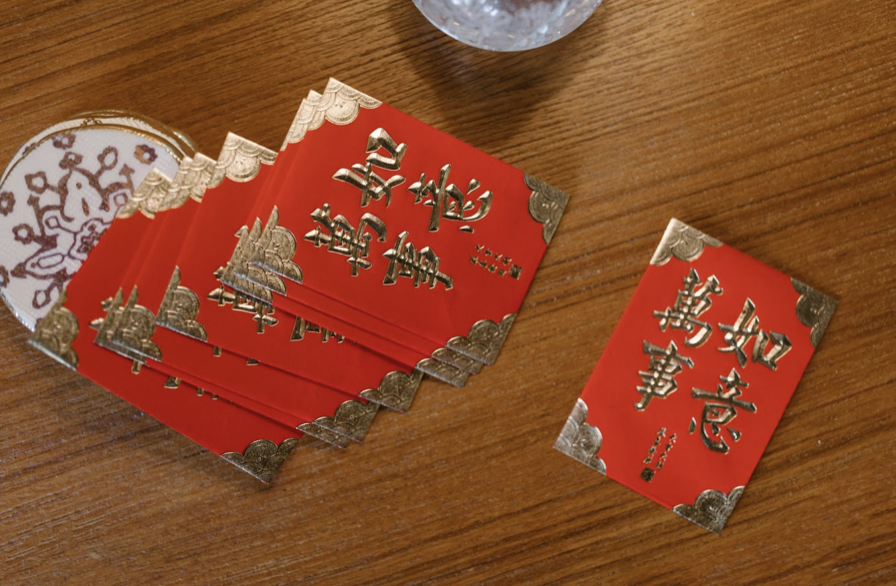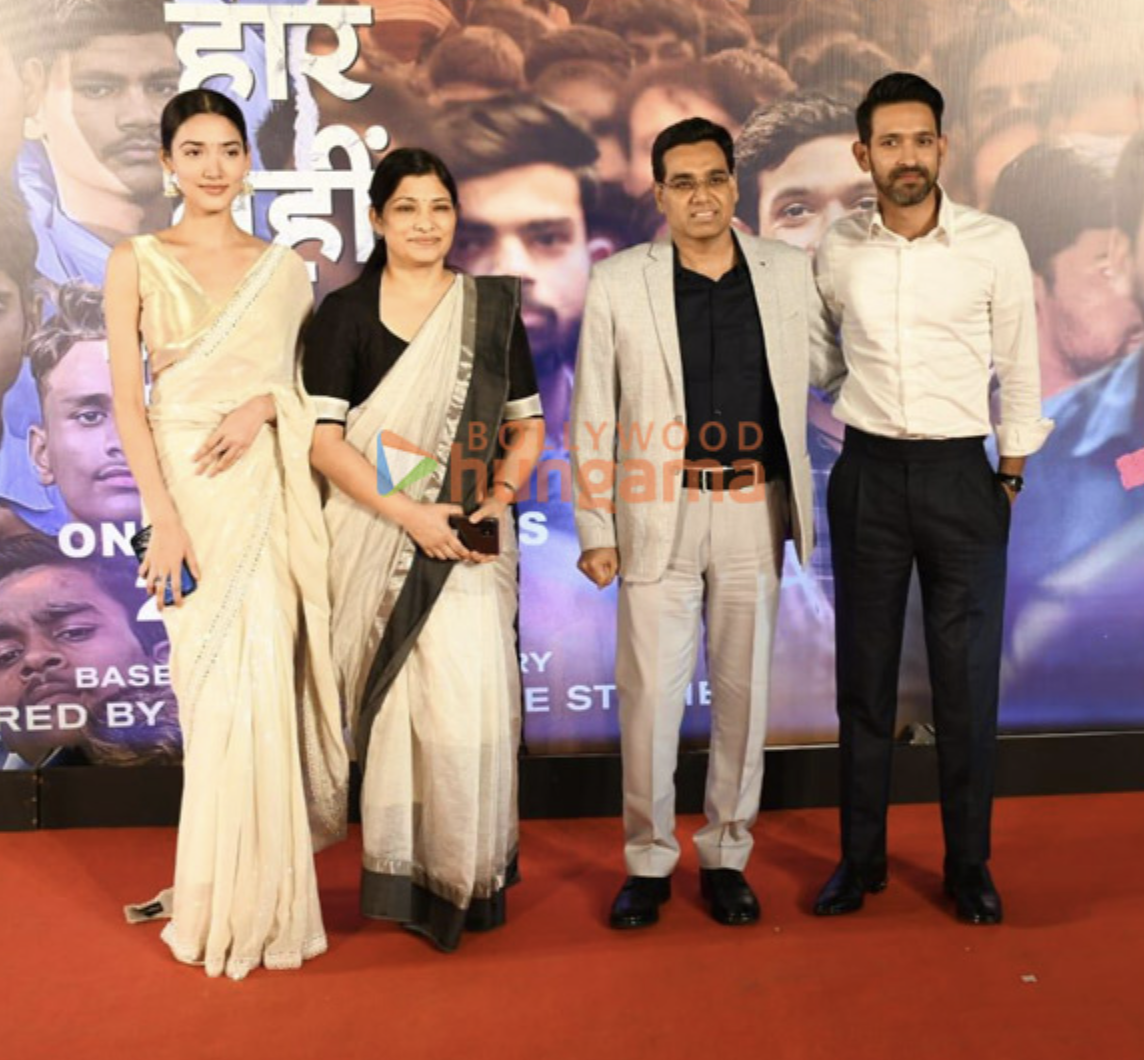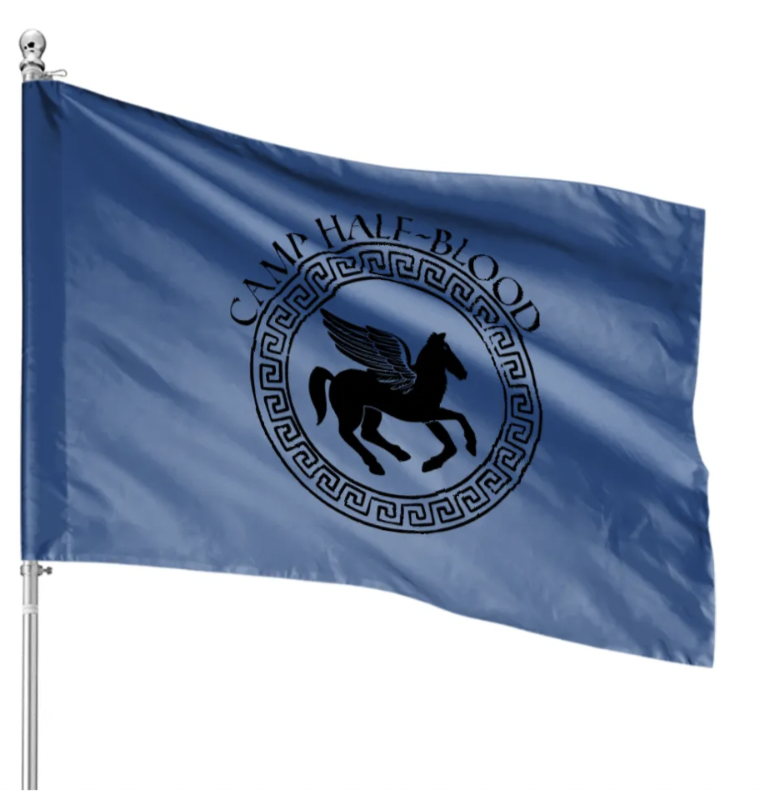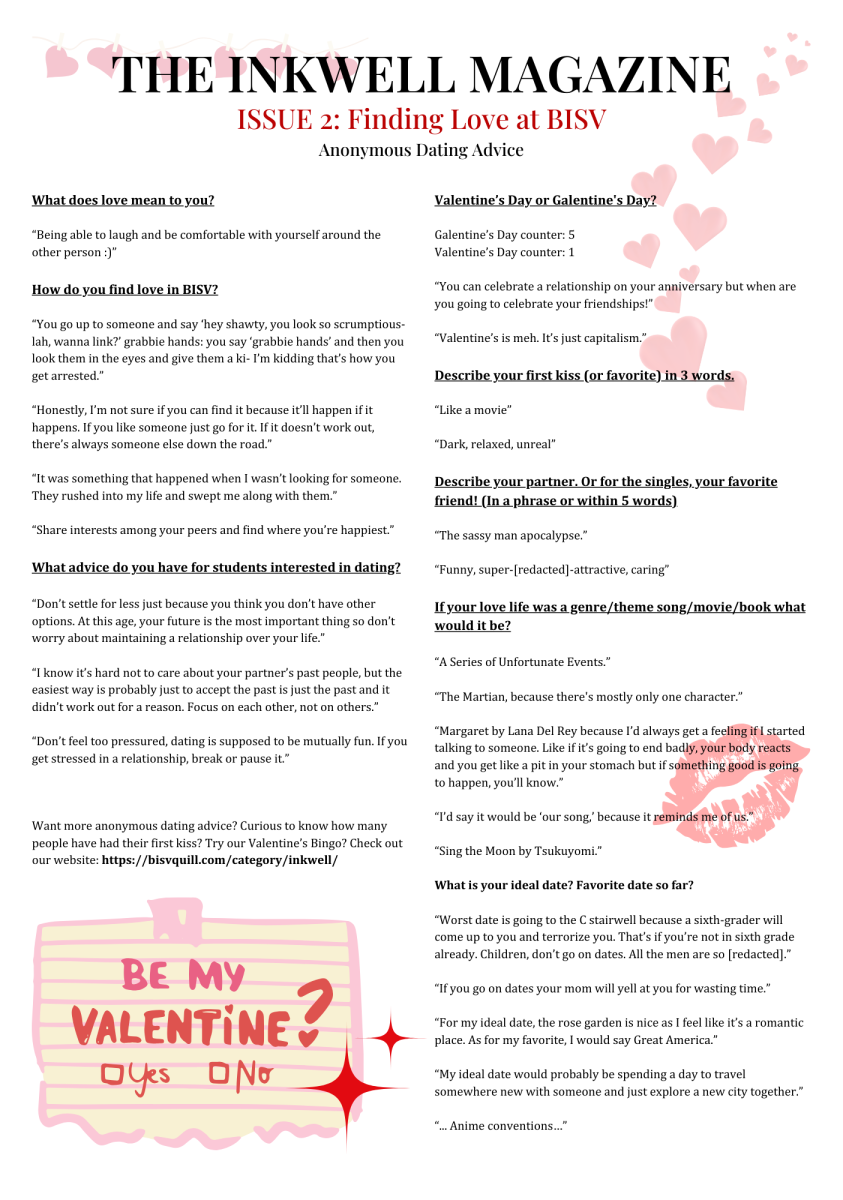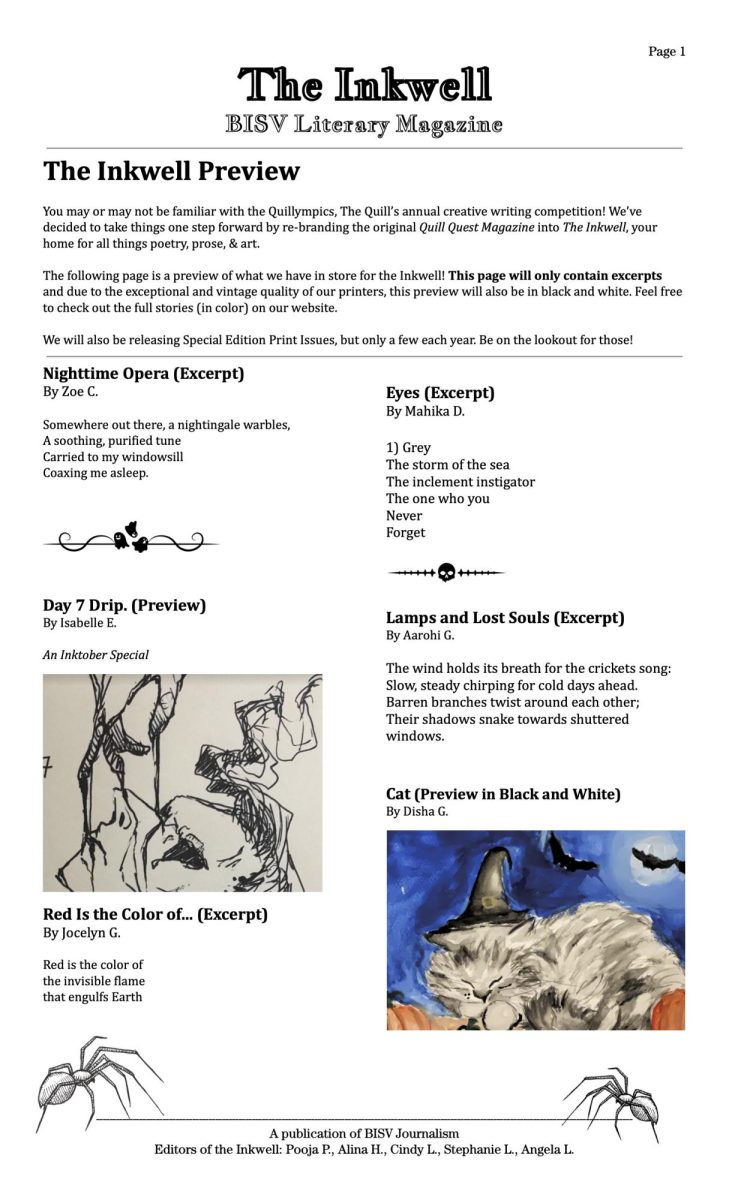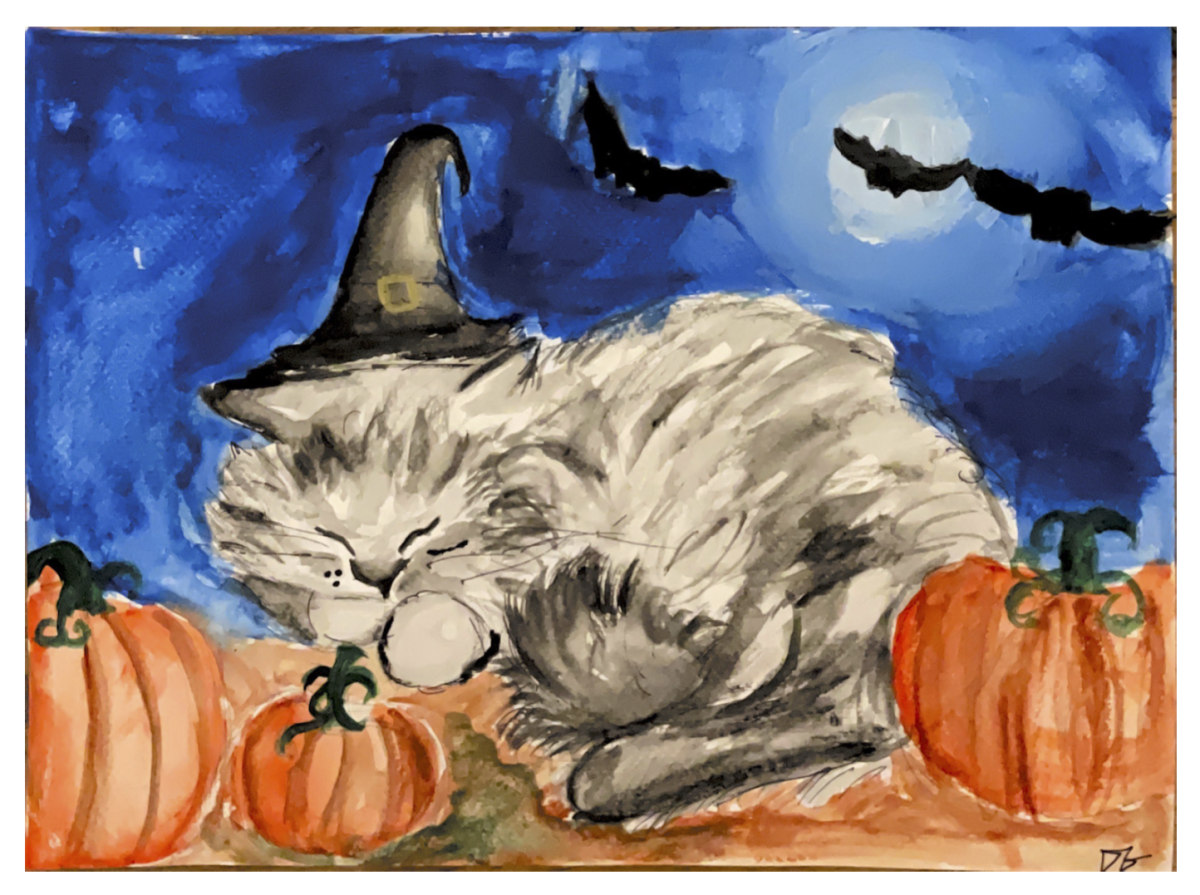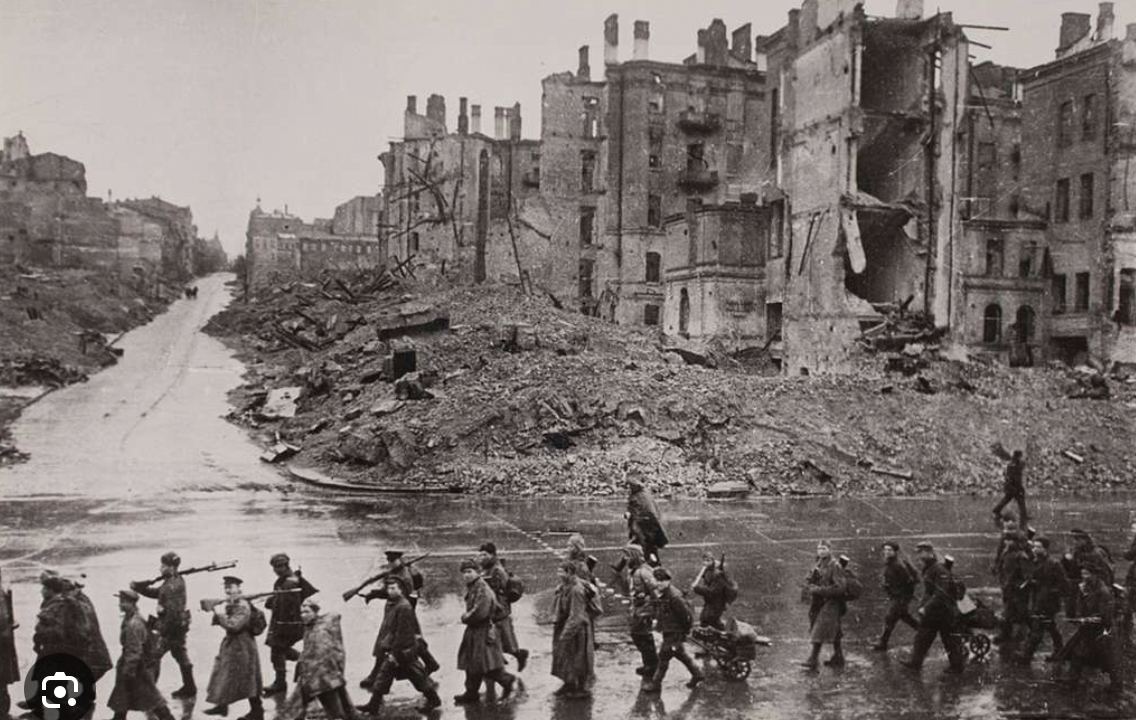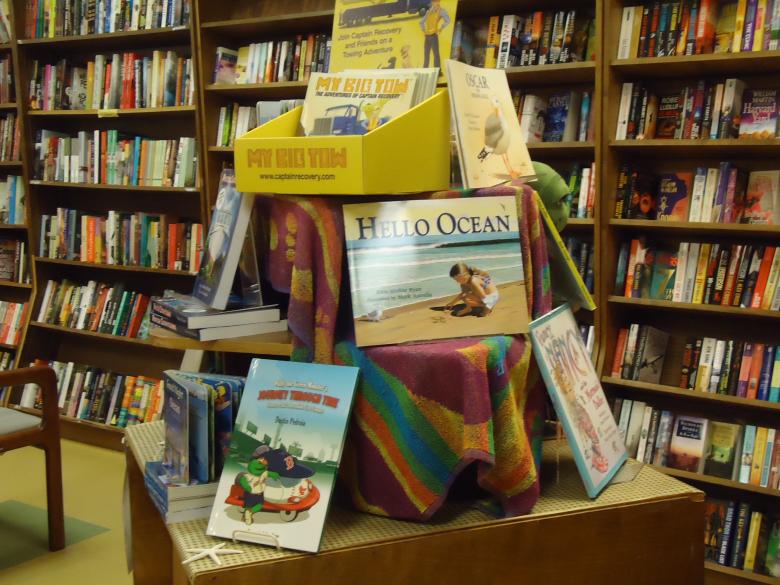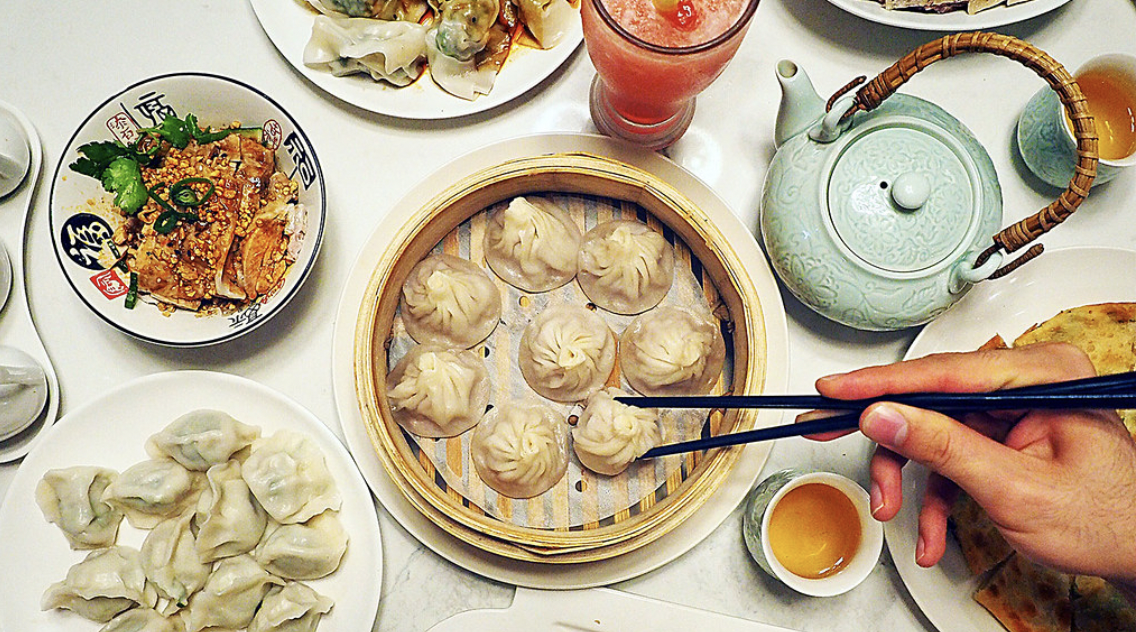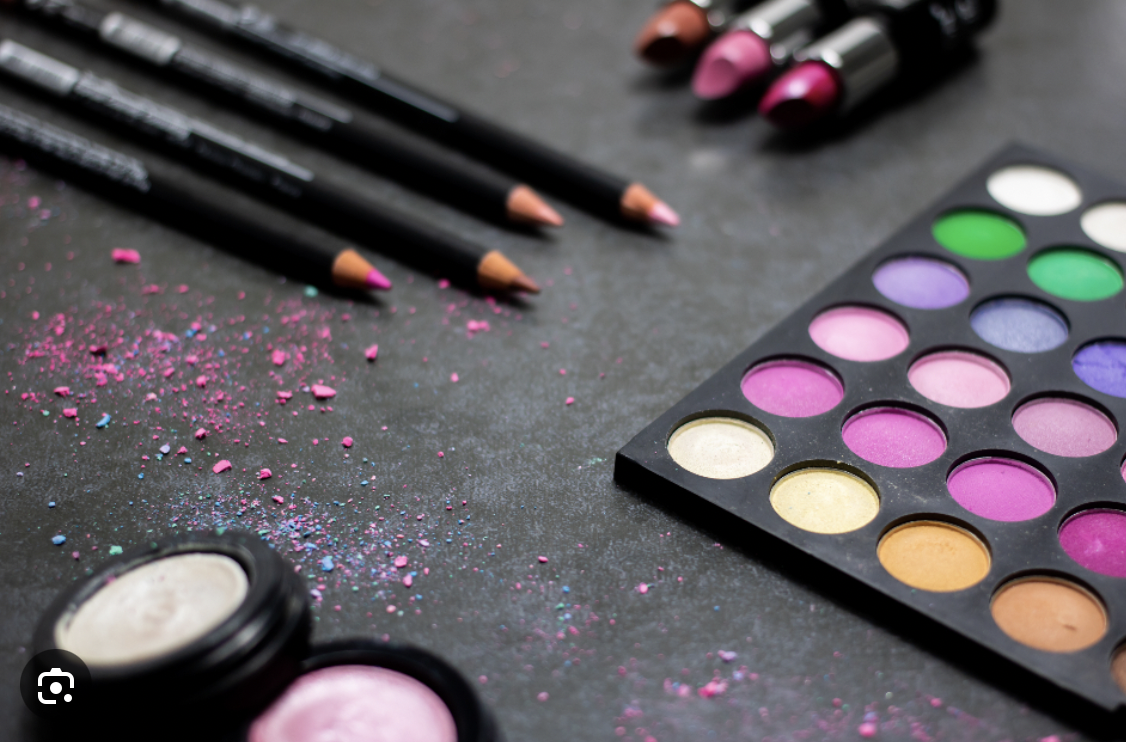Did you ever read picture books when you were a kid? I have. As a child, I was addicted to picture books. While other kindergarteners were sleeping during lunch break, I was already immersed in the imaginary world. I would join an adventurous pirate captain sailing to mysterious seas, laugh at a whimsical robot cooking with his octopus-like mechanical arms, and cry when a black cat died a hundred times, unable to revive anymore. I am fascinated by the vivid characters, the feelings of curiosity as mysteries unwinded, the moments that convince me of how interesting the world is, and so much more.
However, many grownups do not recognize the power of picture books in shaping children’s mental development. Some writers see picture books merely as money makers and have no idea how powerful a little book can be. Some think that an eye-catching cover made of cardboard and a label written “children’s book” would turn a random scrap into a perfect picture book. But this is not the attention and respect that picture books and children deserve. Picture books are more than a collection of words and colorful illustrations, and their value far exceeds the numbers on the price tag. They can shape children’s perceptions of themselves, teach them important lessons, and encourage them to interact with the world.
Picture books need REFORM!
I find it hard to not frown at picture books like this, and I feel lucky that no one read this book to me when I was a child. I would probably tear this book into pieces if somebody shows it to me now as I have grown mature enough to understand that these gender roles are egregious. But what about the children? Can they discern the invalidity of these gender stereotypes? Are they aware that they can be anyone they want? Can you imagine a girl getting the impression that she can never become a scientist and a boy thinking that he cannot love cooking? Ironically, this book is called I’m Glad I’m a Boy! I’m Glad I’m a Girl! Do you want the children to be glad for who they are, or for the gender roles that they have been assigned? Children are very likely to be affected by all these comments, so picture books should be more inclusive to foster a more friendly environment for children’s development.
You might think this example is too extreme, and a single example is not enough to justify a need for reform. Think about the picture books you have seen. Did you see boys playing with toy cars or girls with dolls? Did you see boys wearing blue and girls wearing pink? Even in textbooks, I have seen boys sharing their hobbies such as coding, and girls, drawing. Picture books like this can influence children’s self-esteem, career choice, and their perceptions of each other.
Reform about gender expectations in picture books is not enough. Picture books should be more diverse and teach children useful lessons. It wasn’t until high school that I learned how to reject people calmly. I began to question why nobody told me that I can reject others’ requests when I was a child. There are lots of picture books that tell kids to be generous with peers and share with them. But how many picture books tell them that they can make their own decision? How many picture books teach children that others’ opinions do not define who they are?
Do you still think that the current situation is perfectly fine?
